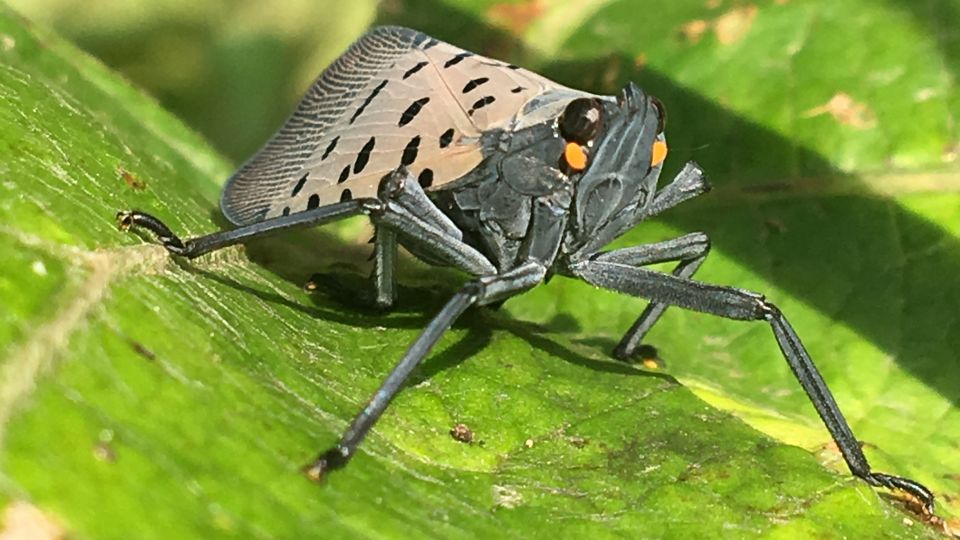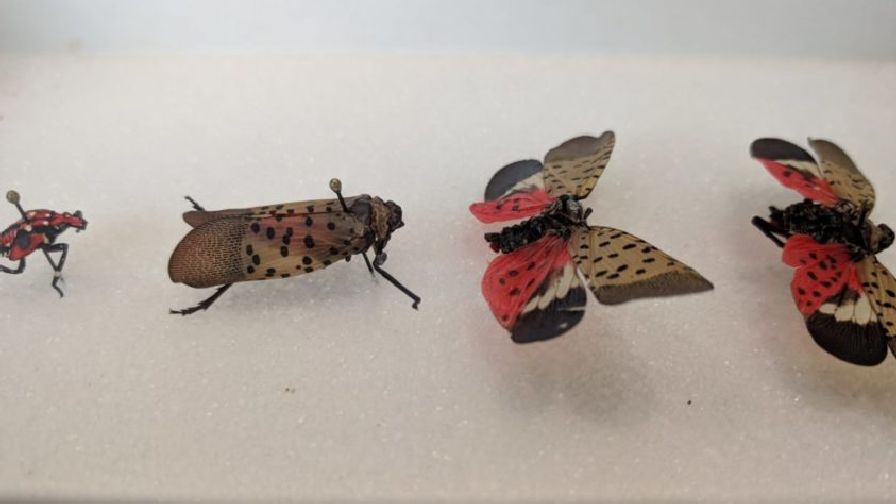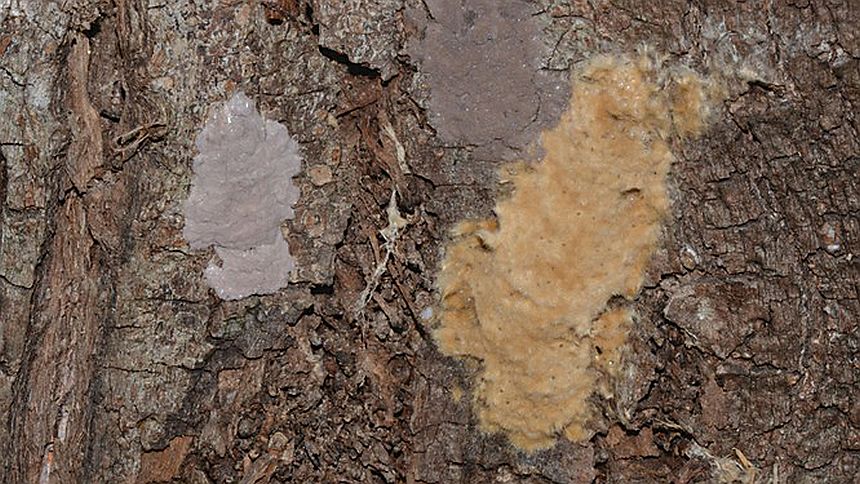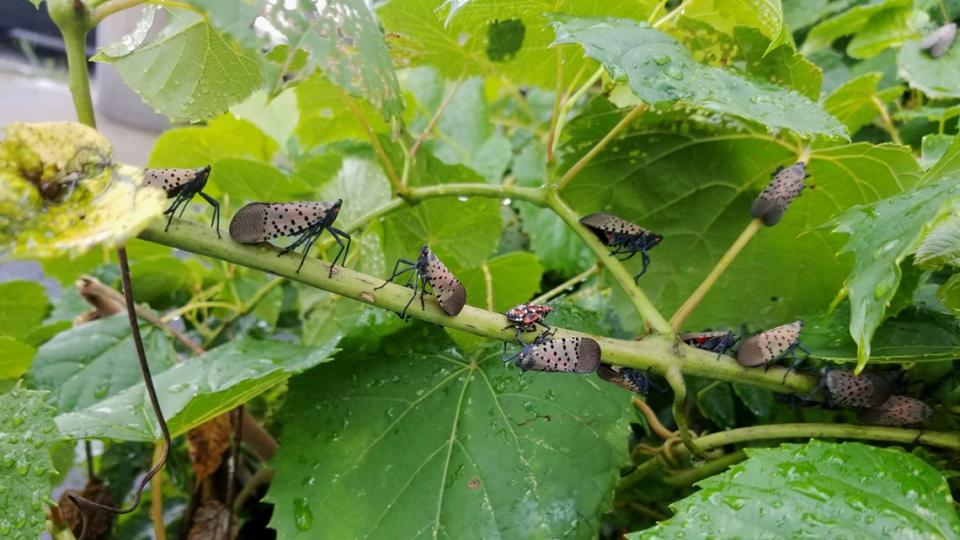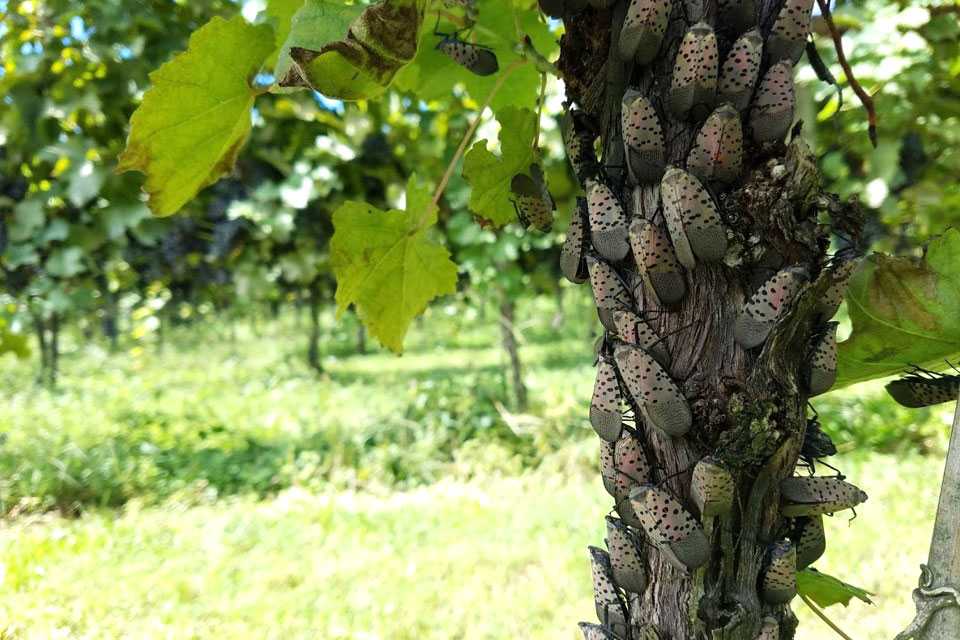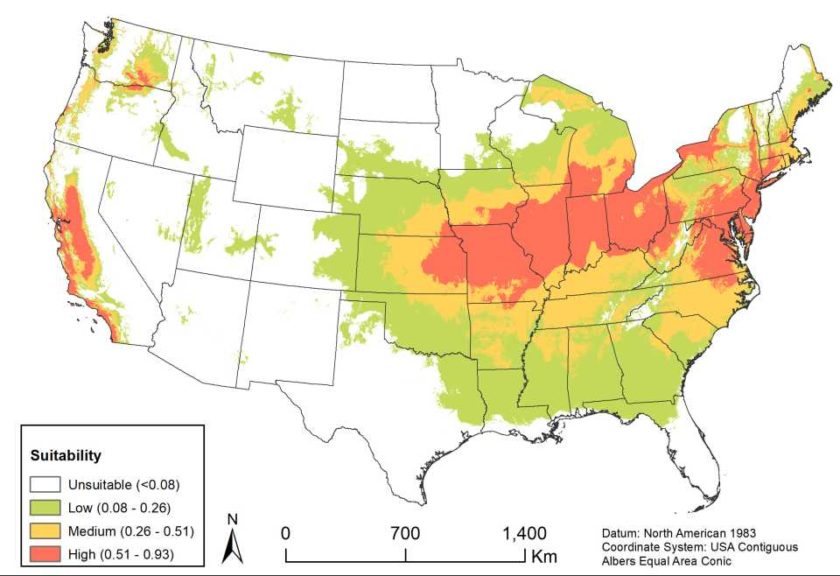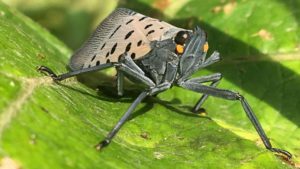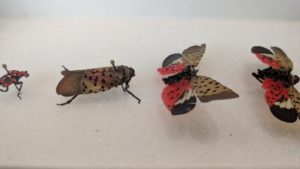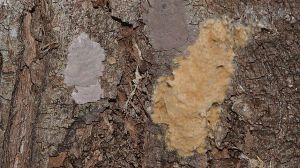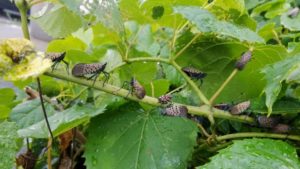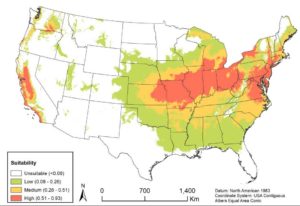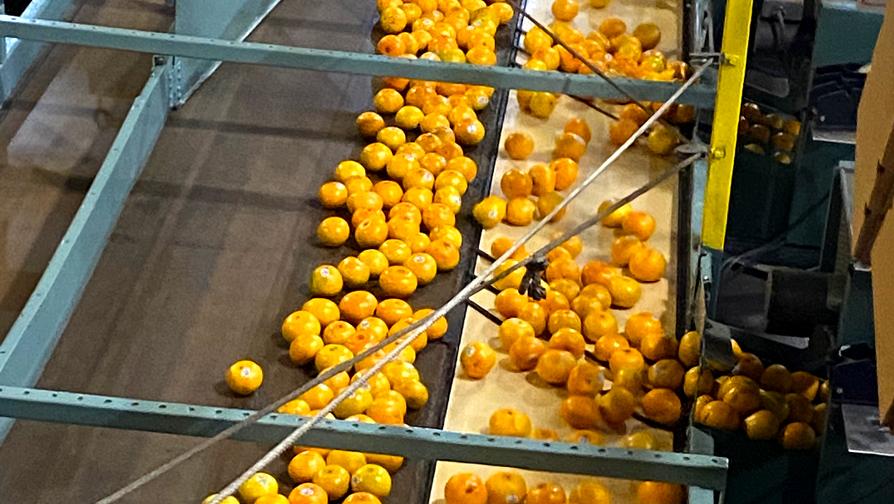New Find of Spotted Lanternfly Grape Growers Should Know About
The New York State Department of Agriculture and Markets announced it has detected Spotted Lanternfly (SLF) in the grape-growing region of the Finger Lakes. Department inspectors from the Division of Plant Industry confirmed the presence of SLF in Romulus following reports it received from its partners at the Integrated Pest Management (IPM) Program at Cornell University. This is the first detection in proximity to commercial vineyards in the Finger Lakes.
To help identify the extent of the established population in the area, the Department is urging grape growers and residents to report any sightings by visiting agriculture.ny.gov/reportslf.
Since the first detection of SLF in New York on Staten Island in 2020, the New York State Department of Agriculture and Markets has been working closely with its partners statewide to slow the spread of this invasive insect. It has since been reported in all New York City boroughs, Long Island, several areas in Upstate New York, and now the Finger Lakes region.
Sam Filler, Executive Director of the New York Wine & Grape Foundation, says, “The Spotted Lanternfly poses a significant threat to the future of the grape industry in New York. Since 2020, the New York Wine & Grape Foundation (NYWGF), in collaboration with the New York State Department of Agriculture and Markets, USDA, Cornell University, and elected officials, has been preparing for the potential spread of SLF into New York’s vineyards. NYWGF commends the efforts of both state and federal governments to be ready for this situation, as well as the research conducted by Cornell University to control the spread of SLF.”
Hans Walter-Peterson, Senior Viticulture Extension Specialist at Cornell Cooperative Extension, says, “While we have anticipated the appearance of Spotted Lanternfly in the Finger Lakes grape growing region for several years, its arrival is still concerning because of its potential impact to the health and productivity of our vineyards. Fortunately, we have access to extensive resources from Cornell, Penn State, New York’s IPM Program, and other organizations, which will help us provide growers with the best possible information on managing and minimizing the effects of SLF. Although this isn’t welcome news, I am confident that the Finger Lakes will remain a world-class grape and wine region despite the presence of this new pest.”
For more, continue reading at agriculture.ny.gov.




